(Get free painting tips and plein air painting techniques sent straight to your inbox or on my social media.)
Use varying levels of focus and detail
When you are looking at a scene in front of you, your eye sees only one part of the scene clearly in focus, which relates to creating the focal point in your painting. You see the rest of the scene in a more generalized way using your peripheral vision, which should be more blurred and therefore more of a supporting role in your painting.
You need to keep the objects in the main focal point in your painting in sharper focus, compared with objects in other parts of the painting. This will make your painting far more intriguing and interesting for the viewer, because they can explore your painting and gradually discover the centers of interest that you have designed for them to look at more closely.
Avoid making your painting look like a photograph in which the whole scene is in focus. This will just tire our your viewers, giving them no areas in the painting in which they can rest their eyes. You also need to have a focal point in your painting so your viewers can see what inspired you to create the painting.
How to create varying levels of detail, and include a clear focal point in your painting
Two techniques you can use are:
1. Brush size
Use two brushes that have a great contrast of size and shape. Use the larger brush so you cannot create too much detail outside the main focal point in your painting. Use the small brush only in the focal area. This will make sure that you don’t add too much detail beyond the focal area.
2. Edges
Use soft edges in the less important parts of the painting, such as in the right hand edge of the plant pot.
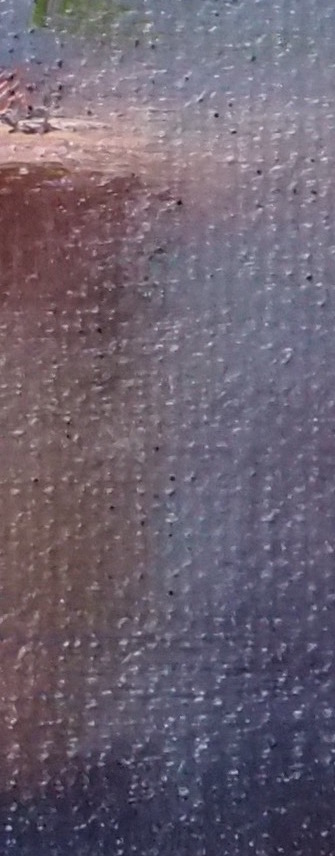
Here you can see the flowers and leaves in the focal point in the painting are much more defined than the plant pot and the table, which blend into the background. The areas of light hitting the pot also have some hard edges in their brushstrokes.
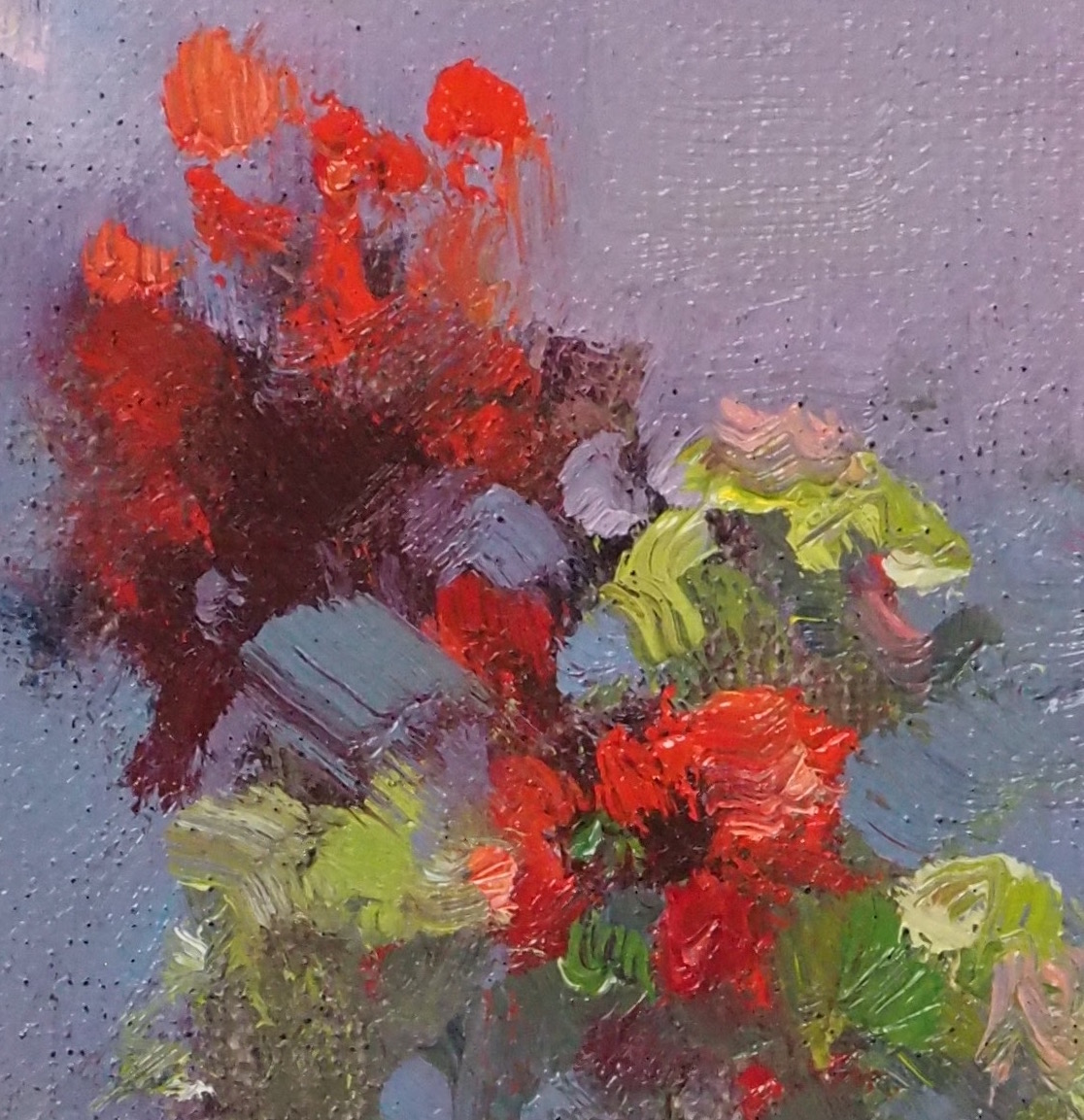
Tips
- Do not show the same amount of detail throughout your painting. Keep detail to the focal point in your painting, and use less detail away from the focal point.
- Generalize objects and shapes away from focal point in your painting by blending shapes of one value together into larger shapes.
- Use sharper edges in and around the focal point in your painting, and softer edges in other areas of the painting.
- Be very careful about key perspective lines. Make them very accurate, even if they are in looser, less defined areas.
Examples of sharper objects in the focal point in your painting
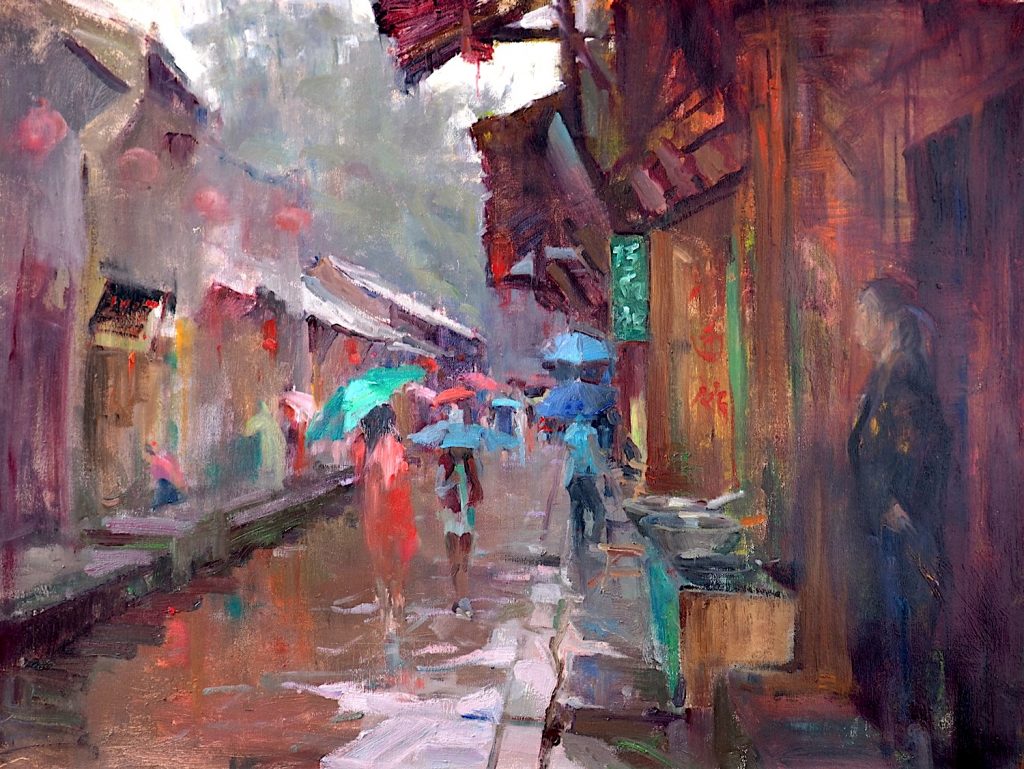
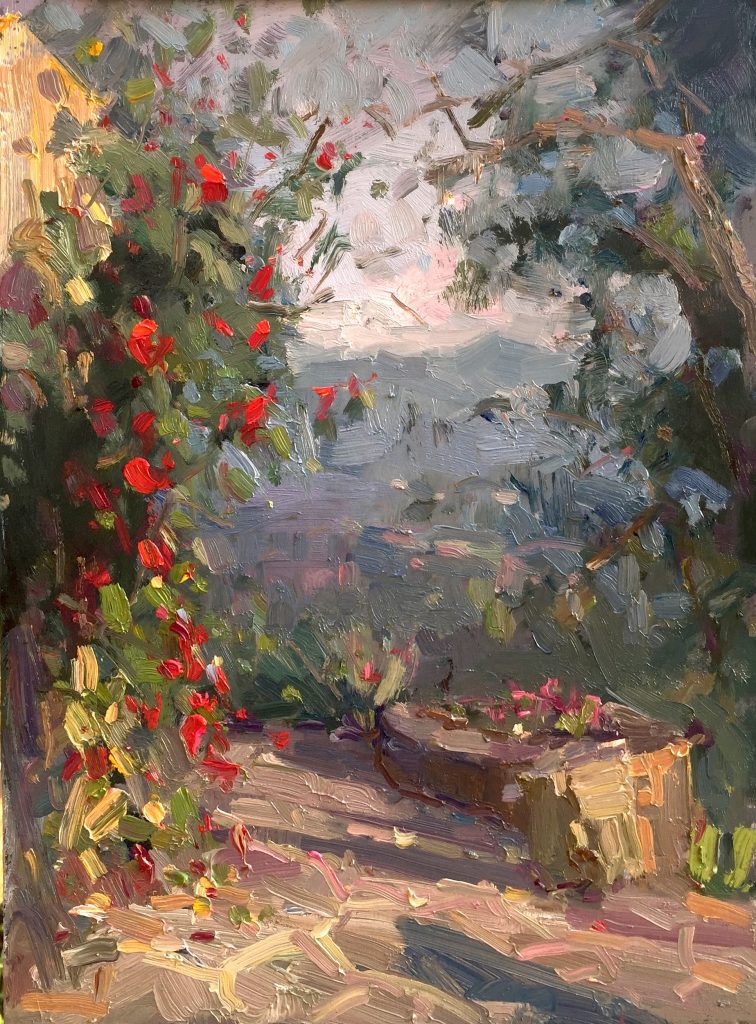
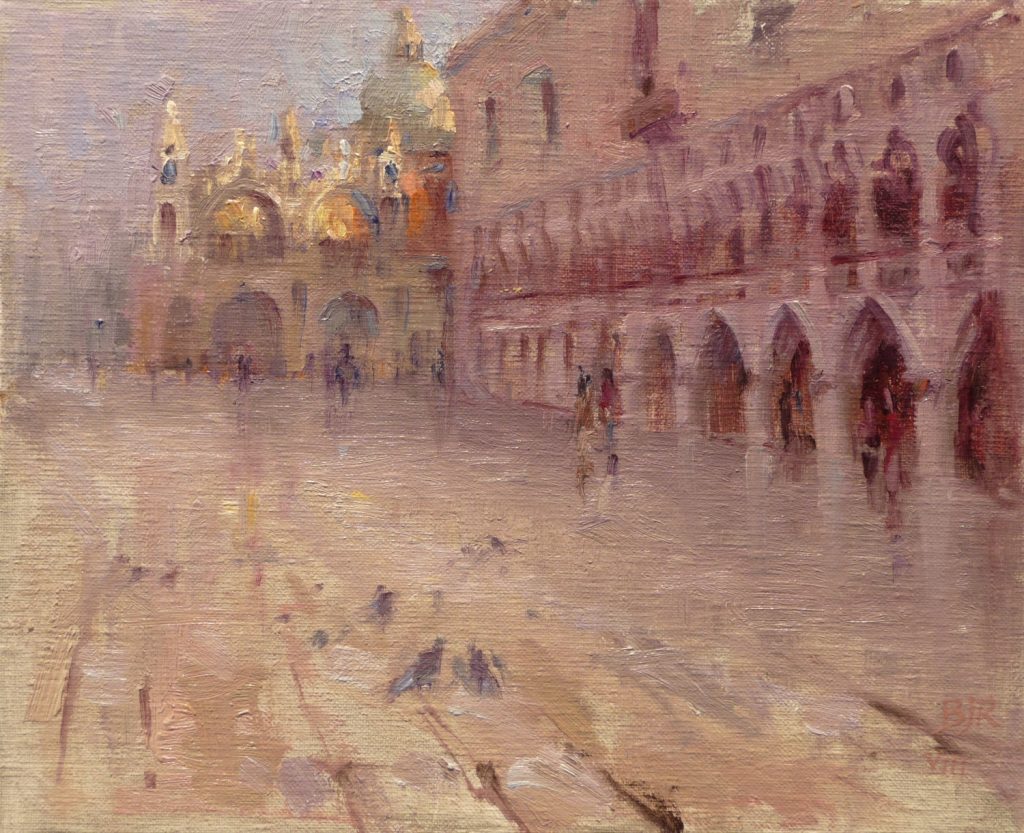
Old master examples of sharper objects in the focal point in your painting
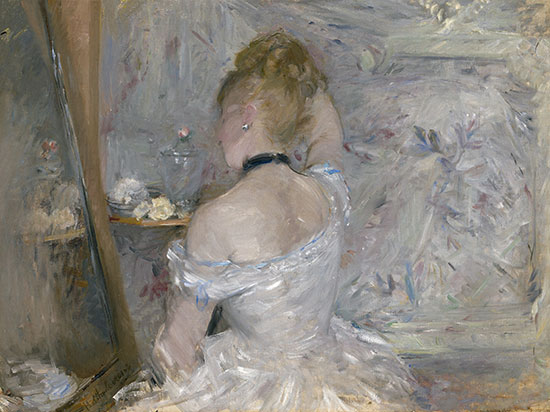
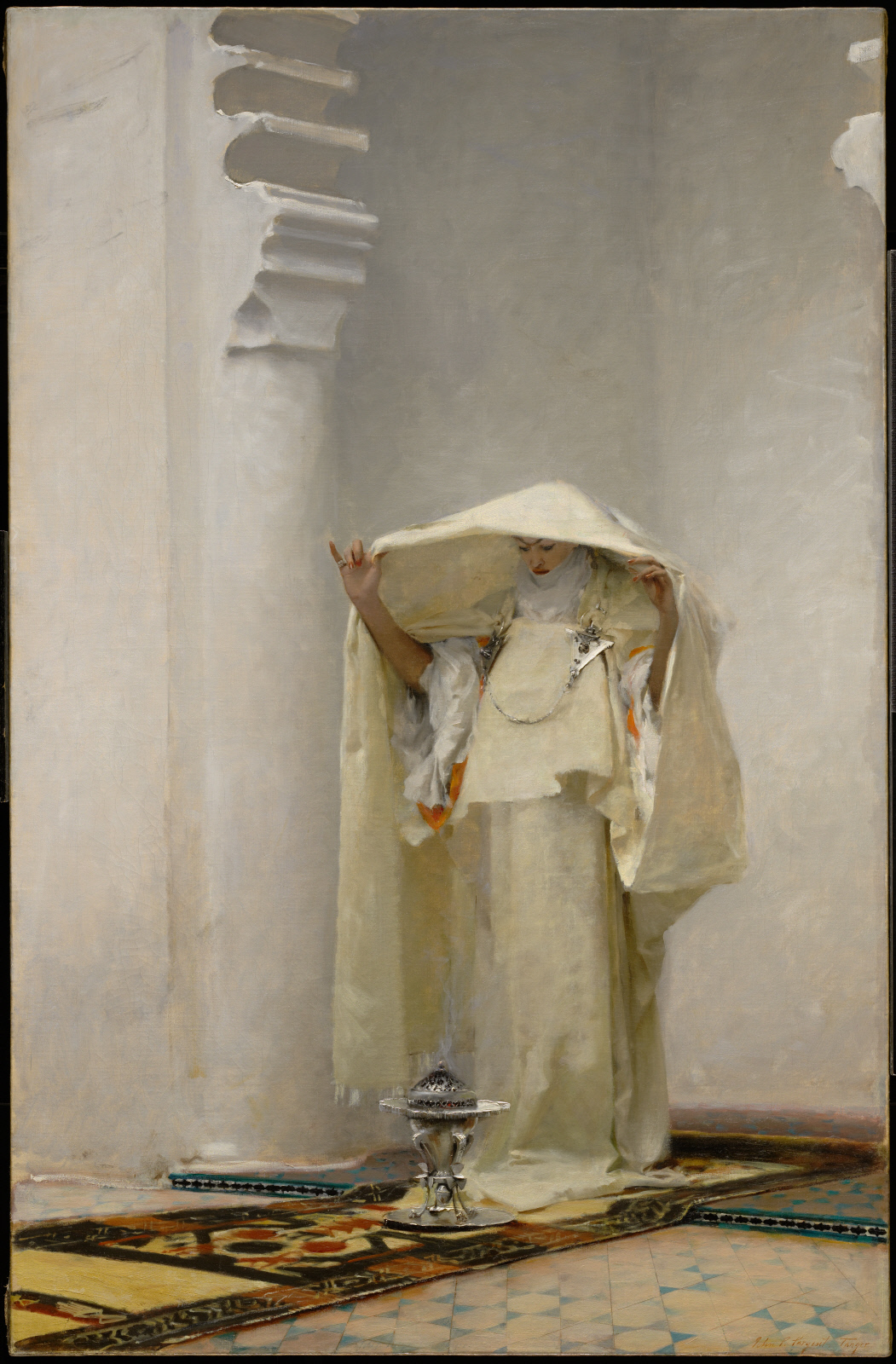
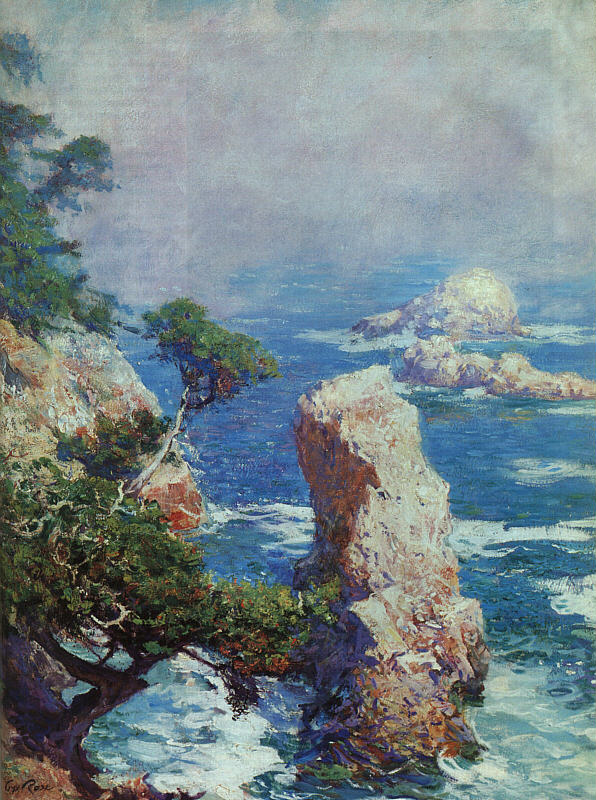
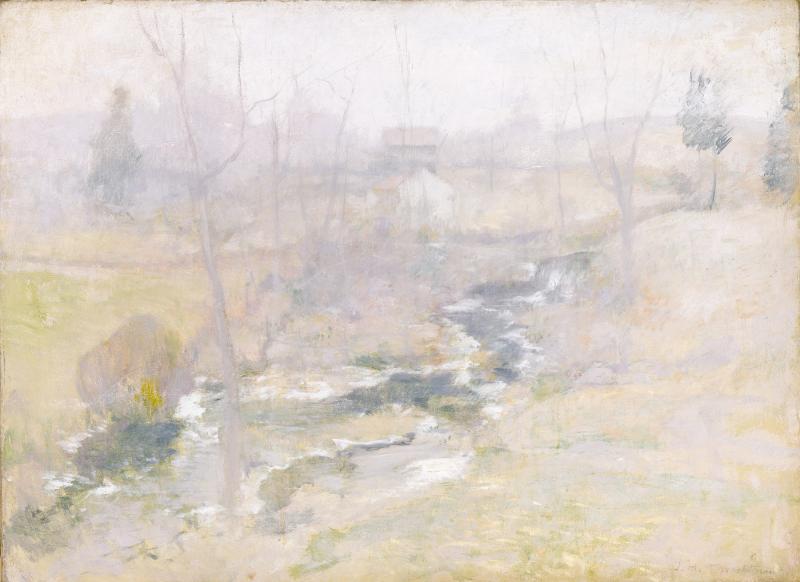
Thank You
Thank you for taking the time to read this article. I hope you find it useful. If you would like to get free painting tips by email, please sign up for my free tips newsletter.
If you are interested in a structured approach for learning how to paint, take a look at my online painting classes.
Happy painting!
Barry John Raybould
Virtual Art Academy
What The Students Are Saying
The improvement in my own work reaffirms that I’ve found the right program to develop as an artist

I’m Richard Robinson …. best online art training available on the internet today

In my opinion Barry has created the best online art training available. I found the Virtual Art Academy course of painting lessons many years ago and was so inspired by it that I contacted the author and got to know him personally.
Two Critical Keys
If you are looking (like I did) for the best painting course available there are two key things you should know about the Virtual Art Academy course which make it stand out above the other online painting courses available today:
1. It’s Comprehensive.
It covers ALL the key painting concepts and then goes further, revealing more and more painting insights. Most courses miss a LOT out – this one doesn’t.
2. It’s easy to understand.
All that information could easily become confusing, but each piece is laid out clearly and concisely using Information Mapping® making it a pleasure to learn.
If you can find another painting course which does these 2 things better, please let me know. As I said, I have been searching for many years and continue to do so, so you could save yourself a lot of precious time and money by joining the Virtual Art Academy today.
Read more “I’m Richard Robinson …. best online art training available on the internet today”
The course is for beginners, intermediate and advanced artists

Read more “The course is for beginners, intermediate and advanced artists”
Building blocks of learning is the best I have seen

Read more “Building blocks of learning is the best I have seen”
The equivalent of a 4 year art education at a fraction of the cost

Read more “The equivalent of a 4 year art education at a fraction of the cost”
Only online learning program I have ever discovered using a training industry best practice

VAA is the only online learning program I have ever discovered using a training industry best practice of incorporating Knowledge and Skills to support learning a new activity. Every building block (Drawing, Form, Observation, Concept, Notan, Composition, Colour, Brushwork) incorporates a “spiral learning” approach where you are introduced to the Knowledge/Skill at one level and then reintroduced to it again elsewhere in the curriculum. Sure genius.
I’ve attended workshops, read books, and watched YouTube videos — and none of them provide the scaffolded approach to learning the VAA offers. If you are just starting your painting journey, start here. If you are a mid level or advanced painter, start here. There is a sense of community with artists around the globe. You are part of a peer to peer learning process bigger than yourself.
As a result of the VAA, I have been juried into several shows, am represented by a local gallery and have been selling my paintings on a consistent basis. VAA curriculum’s approach will grow your ‘artist’s brush’ and aid you in finding your artistic voice. As your basics improve, your art improves. Henry Hensche said, “There is study and there is performance, and we should not confuse the two, study is done for perceptual development, our performances show us where we are in that development, and we must have both…”. VAA curriculum offers both.
I went through the entire curriculum, did every every exercise, and today review my printed books/exercises on an annual basis to keep myself fresh and ready for my next painting adventure.
Onwards/Sideways,
Jay “jbird” Holobach
https://www.jayholobach.com/
First quality education, materials, layered learning systems, feedback loop and social support and lifelong learning – amazing
Thank you again for such an amazing program and opportunity. I wish you continued and even greater success. You have contributed to many many people… thank you from all of us.
The most comprehensive, in depth and well-organized painting course available online

Read more “The most comprehensive, in depth and well-organized painting course available online”
Fantastic lesson plans, and a vibrant community
The Virtual Art Academy is the perfect art course I’ve been searching for. Barry’s decades of knowledge are condensed into fantastic lesson plans, creating a vibrant community. The apprentice course delves deep into drawing, painting planning, and color theory. It’s like obtaining an art degree at my own pace and more affordably. The structured format encourages interaction and feedback, enhancing the learning experience. Overall, a fulfilling way to study art from home.
The course has a steady learning curve that keeps revealing itself as you advance

Read more “The course has a steady learning curve that keeps revealing itself as you advance”
Since I started the programme I can see improvements in my composition and use of colour

I have been working through the VAA course for over five years and would highly recommend it to anyone wanting to improve their painting. There is a huge amount of information on the site and it is well presented and regularly updated and added to. When other members have commented on work I have posted I have found it really useful. When I review my work over the time since I started the programme I can see improvements in my composition and use of colour.
Read more “Since I started the programme I can see improvements in my composition and use of colour”
The most comprehensive art instruction I could find anywhere online, and trust me, I had been looking for a long time.

The Virtual Art Academy is simply the most comprehensive art instruction I could find anywhere online, and trust me, I had been looking for a long time.
Even art schools and academies I’ve been exposed to are nowhere near as thorough, VAA is just amazing!
Most paintings I see where the artist clearly has some skill still lack in either the values or notan department, or fall down on composition – it’s baffling that VAA seems to be the only program that goes into detail on this. Therefore, if you are new to painting or an experienced artist, studying with VAA will get you to that next step.
I also find that Barry is always interested in what we students do and is at hand with great advice. Worth every penny, Thank you Barry!!
A great learning platform

It is impossible to fail or gain little through extensive 4 year study at VAA!
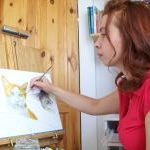
Read more “It is impossible to fail or gain little through extensive 4 year study at VAA!”
No need to buy expensive art books…. Just do the VAA 4 year course. I still refer to it

Read more “No need to buy expensive art books…. Just do the VAA 4 year course. I still refer to it”
‘Ladder of Learning’ adds to overall positive experience of this awesome course

Read more “‘Ladder of Learning’ adds to overall positive experience of this awesome course”
comprehensive art education

This is a far more superior school than anything I have seen being taught at colleges across the country

VAA, the ultimate art course
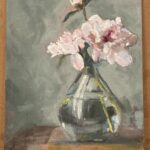
The small steps are easy to do

The sky’s the limit

It is a real course that trains you in a structured way

Read more “It is a real course that trains you in a structured way”
It is wild to see how much I am learning in this course!

I retired last year, and decided I wanted to spend my time in retirement learning how to oil paint. But having never painted before, I wasn’t even sure what to look for in an online painting course. However, I did some searches for “Best Online Oil Painting Courses,” and found several references to VAA.
I signed up for VAA’s ongoing Apprentice Program last October (2023), and I am incredibly glad I did! As a beginner, I didn’t know what I didn’t know, but I didn’t have to: VAA has already mapped it all out for me. It starts out with basic, fundamental stuff, but also teaches me the THINKING that goes in the painting: the composition, my color choices, how to consciously select which darks and lights need to be emphasized, etc.
Bottomline, I am learning how to create paintings that have both visual music and poetry, and it is super fun to see my growth! I cannot recommend this course enough!
Read more “It is wild to see how much I am learning in this course!”
Barry gave me a fishing rod so I can catch my own fish

Read more “Barry gave me a fishing rod so I can catch my own fish”
I started learning oil painting with VAA from scratch. Just one year later my paintings started to sell

An excellent foundation on so many aspects of painting

When I got word of the course available through Virtual Art Academy, I was very excited for the opportunity to learn what I never knew about painting. VAA has provided me an excellent foundation on so many aspects of painting. The course is organized very logically, provides great examples, diagrams, thorough explanations and worthwhile assignments. I highly recommend this course to anyone with a desire for an in-depth education of art.
Thank you again, Barry, I love this course Jeanne
Read more “An excellent foundation on so many aspects of painting”
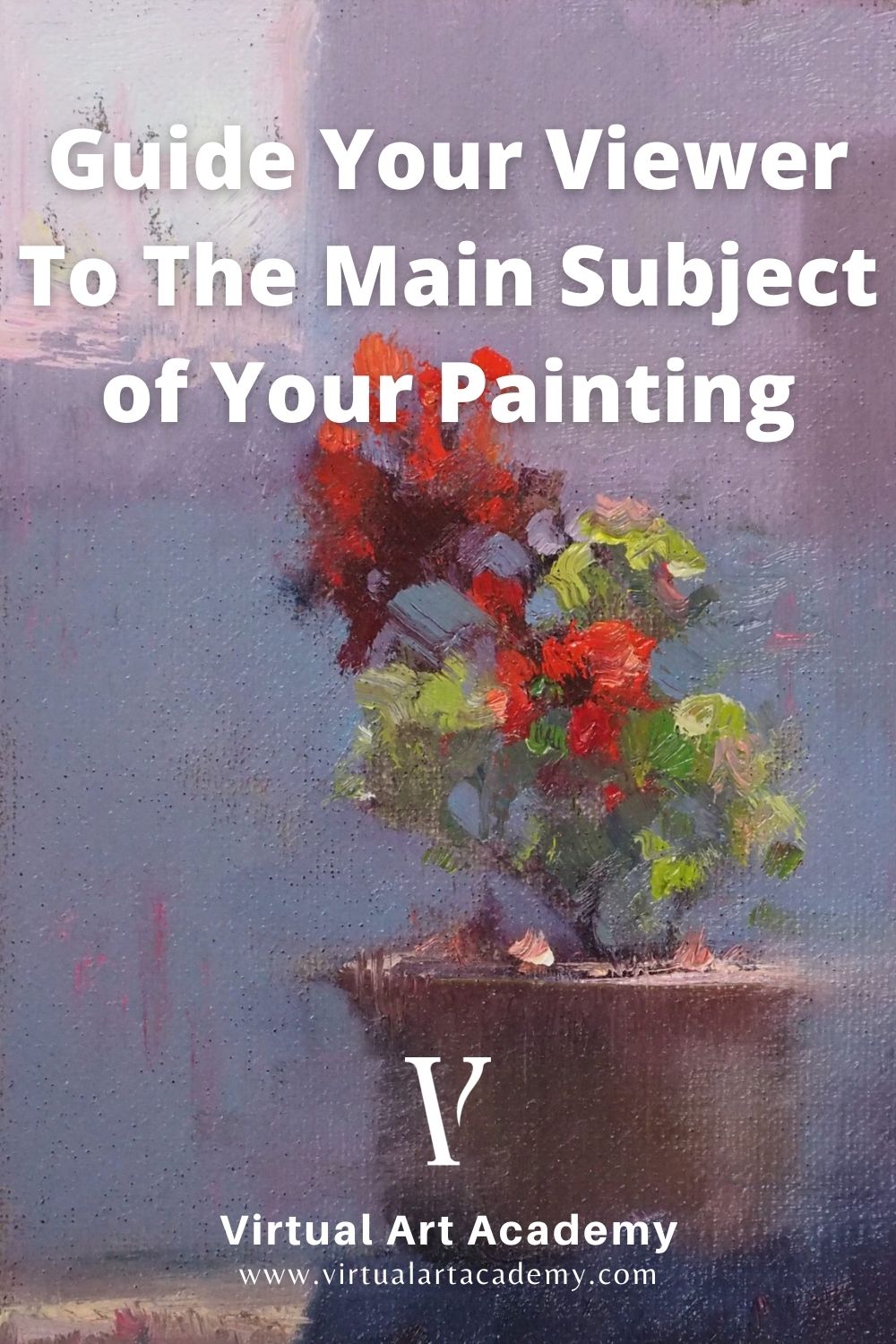
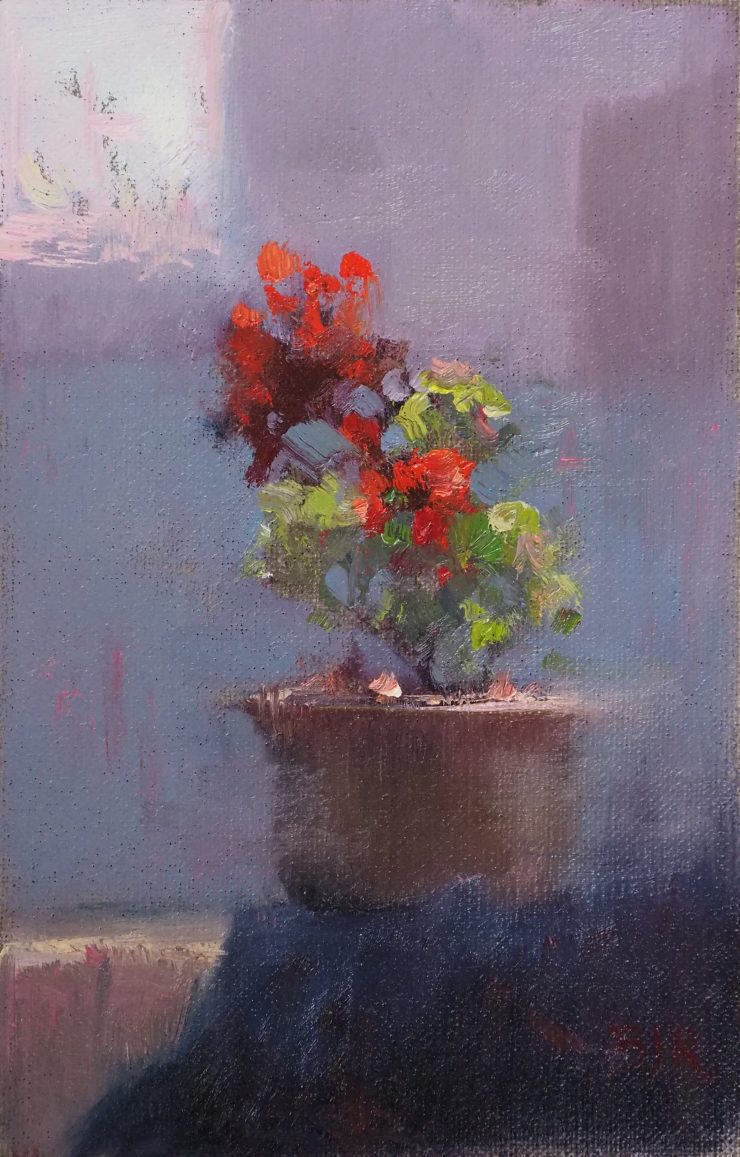
Your course sounds wonderful! I’m working in pastels. You mention at least once that I would learn about the use of pastels if I take your course. Is that true! THX
Hello Cynthia,
Thank you for your question. I have several students working in pastel to do the Apprentice Program. The way I designed the course is that I focus on explaining all the fundamental principles you need to know about to create beauty in your paintings, and these principles apply to pastels just as they do to other media, such as oils or watercolors. So for this reason, the vast majority of the online painting classes apply equally to all media.
Barry